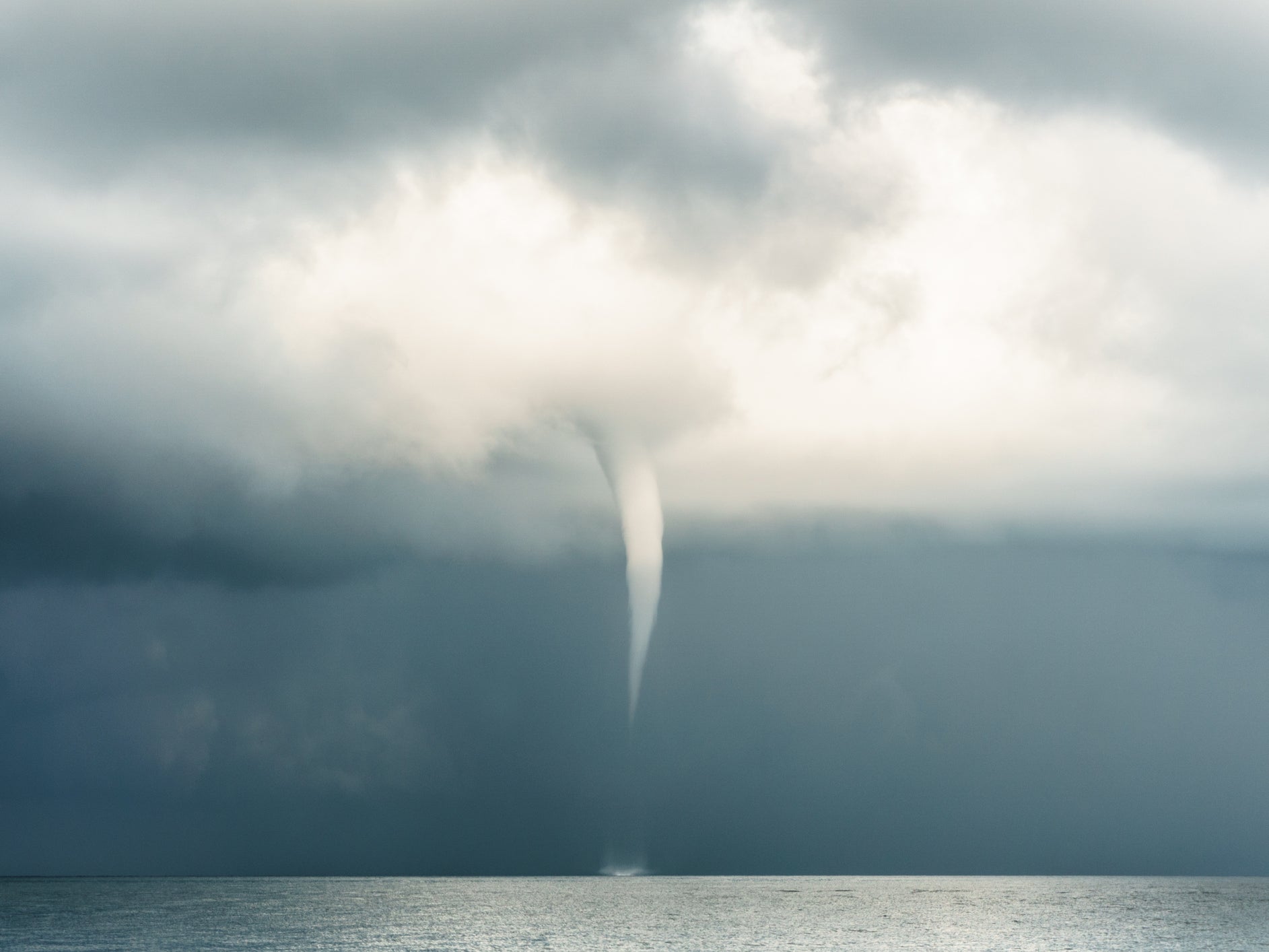This website uses cookies so that we can provide you with the best user experience possible. Cookie information is stored in your browser and performs functions such as recognising you when you return to our website and helping our team to understand which sections of the website you find most interesting and useful.

An El Niño-like weather system that has been dormant for millennia in the Indian Ocean could be kick-started due to climate change, according to new research.
The study found small shifts in sea surface temperature in the Indian Ocean could lead to weather patterns similar to the El Niños currently experienced over the Pacific Ocean.
The El Niño phenomenon is a broad, ocean-atmosphere climate interaction linked to periodic warm waters along the Equator across the central and eastern areas of the Pacific Ocean, according to the National Ocean Service. They typically occur every three to seven years and an episode can last up to two years.
El Niños can dramatically influence weather patterns around the world and cause both flooding and droughts, depending on the region. A study last year found that climate change has increased the frequency of extreme El Nino events in the Pacific region.
The El Niño event that ended in 2016 caused mass coral bleaching on the Great Barrier Reef, intense droughts across Africa, South America and regions of the Pacific and southeast Asia. Wildfires in Indonesia and Canada were also linked to it.
The new study, published last week in Science Advances, found that raising or lowering the average global temperatures by just a few degrees may cause the Indian Ocean to behave in a similar way to other tropical oceans with its own El Niño. It could start to take effect within the next 30 years.
The Indian Ocean previously experienced El Niño patterns more than 20,000 years ago during the last Ice Age.
Climate scientist Pedro DiNezio, from the University of Texas at Austin who co-authored the study, told Earther: “The re-emergence will depend strongly on the rate of global warming, so ultimately on whether greenhouse gas emissions are abated or not.
“We are certain that the risks of these extreme events is becoming larger and larger as we pump more CO2 into the atmosphere, and certainly going to have an unequal impact on countries in the tropics.”
The team of researchers analysed 36 different climate models from the Coupled Model Intercomparison Project (CMIP) – a collaboration by climate scientists aimed at improving knowledge of climate change.
The team selected the models which match current conditions most accurately and then analysed how increased global warming might alter conditions for the Indian Ocean.
According to the models, global warming could reverse the west-to-east winds in the Indian Ocean which currently keep conditions stable.
If El Niño patterns emerge over the Indian Ocean, regions of Africa, Asia and Australasia, which are already vulnerable to the most extreme climate change impacts, may see an increase in storms, floods and droughts.



 Africana55 Radio
Africana55 Radio 

